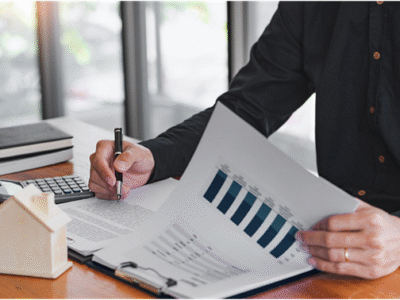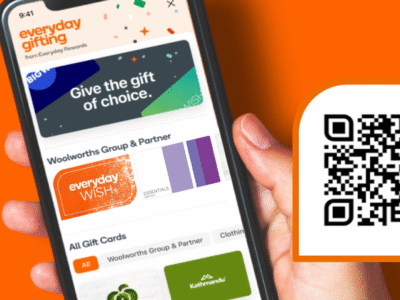A POS system, or point of sale system, is a software that keeps track of what you buy and how much it costs. It simplifies the checkout process by storing your credit card information and other payment methods for future purchases.
POS also makes it easy to search through past transactions for things like warranties or returns. You can even use the register to manage inventory and create reports on sales trends over time. If you’re thinking about getting a POS system for your business, below are things you need to know so that you can make the best decision possible.
In a nutshell
A POS system is the backbone of any retail business. It consists of all elements including a till, computer monitor, cash drawer and receipt printer with more components that make up this powerful tool in your arsenal for success! But it’s not just about hardware-the software also has its importance too because without both working together seamlessly every day would be difficult to manage.
Point of sale systems are a great way to increase sales at your store! When you install one, it can help keep track of what inventory is left and when customers made purchases. This means less time spent trying to orient oneself in order figure out where all these empty boxes came from–plus it shows up on paper as soon as possible so there’s no guessing or wondering about anything anymore
A point-of-sale (POS) system allows businesses like your complete information regarding every transaction that occurs within its scope: this includes not just how much product was sold but also customer preferences such as gender identity or dietary restrictions.
Key functions of POS
1. POS terminal.
A POS terminal is the device that keeps your store’s information. You’ll need one if you want to use mobile point-of sale (mPOS) software, which has become popular as more people do their shopping online and retailers have been looking for ways they can stay competitive.
With this shift in consumer behaviour by offering an easy way of purchasing items while waiting in line at checkout counters or passing through doors during busy hours without having any assistance besides what could easily fit into a pocket on either side so long as there are no bulky clothing choices made beforehand).
2. Credit card reader.
This is a credit card terminal. It’s what merchants use to accept payments from customers using their cards, either by swiping or reading chips securely protected with EMV technology like NFC for ApplePay compatibility. A magstripe reader accepts payment through a swipe while near-field communication (NFC) enables contactless transactions at point-of -sale machines such as those found on smartphones and other mobile devices
In today’s world of easy online shopping, it may seem strange that there are still places where we need physical retailers but these days everyone has become accustomed to interacting directly rather than via email so if you want your business listed among them then get ahead now.
3. Cash drawer.
In order to support customers who still pay in cash, businesses would have to use a cash drawer. They come in various sizes depending on the type of business and they generally include bill trays as well coin compartments for storing different denominations such that their money can be kept organized at all times. Smaller drawers may only have four or five compartmentalized slots where larger models will typically feature six-eighth spaces available so you never run out!
Investing in a ribao coin counter can help your cash drawer be more systematic








Comments